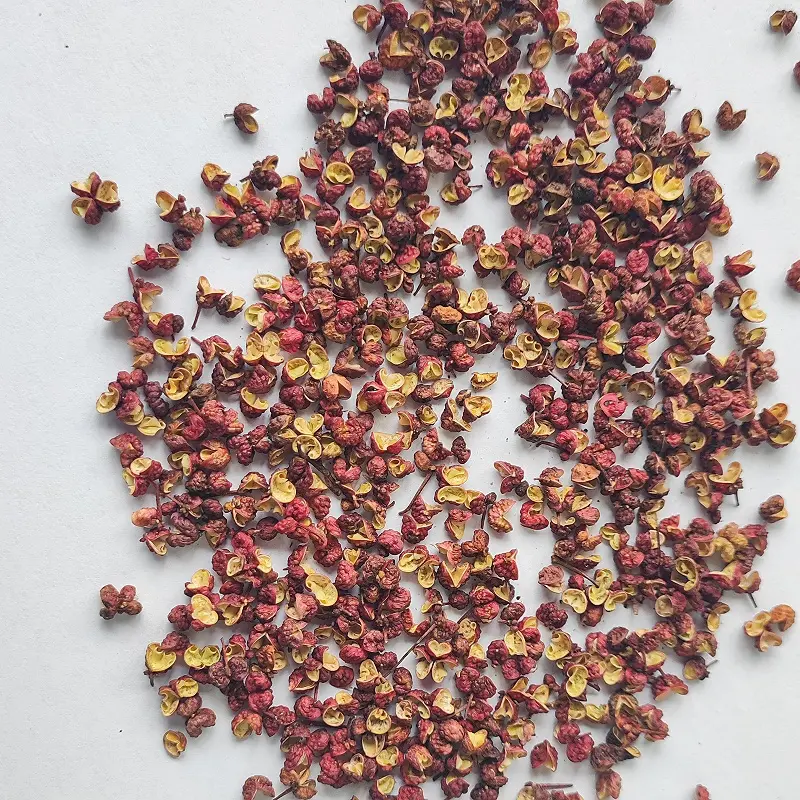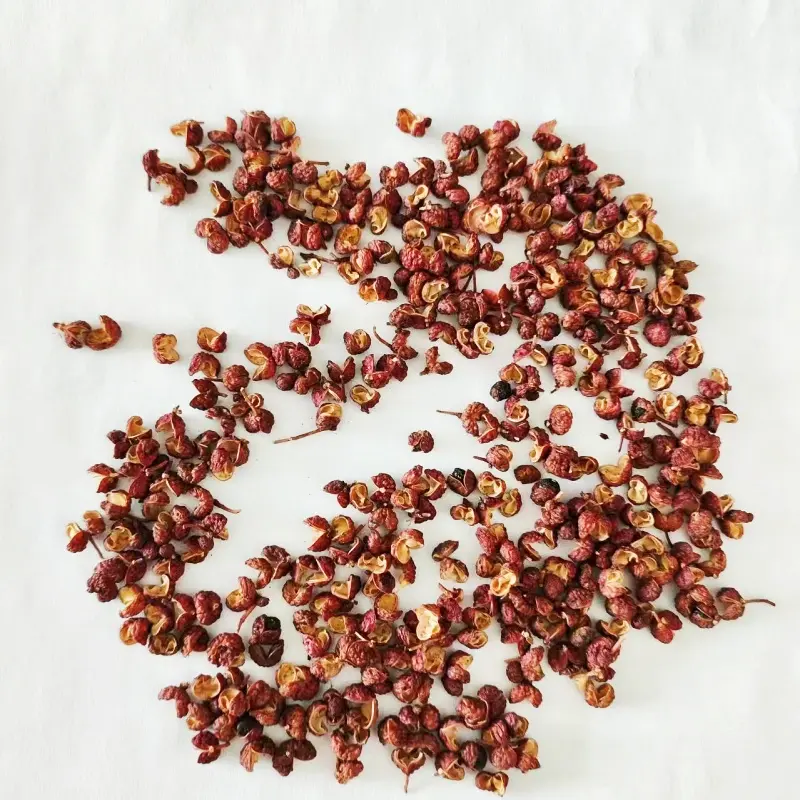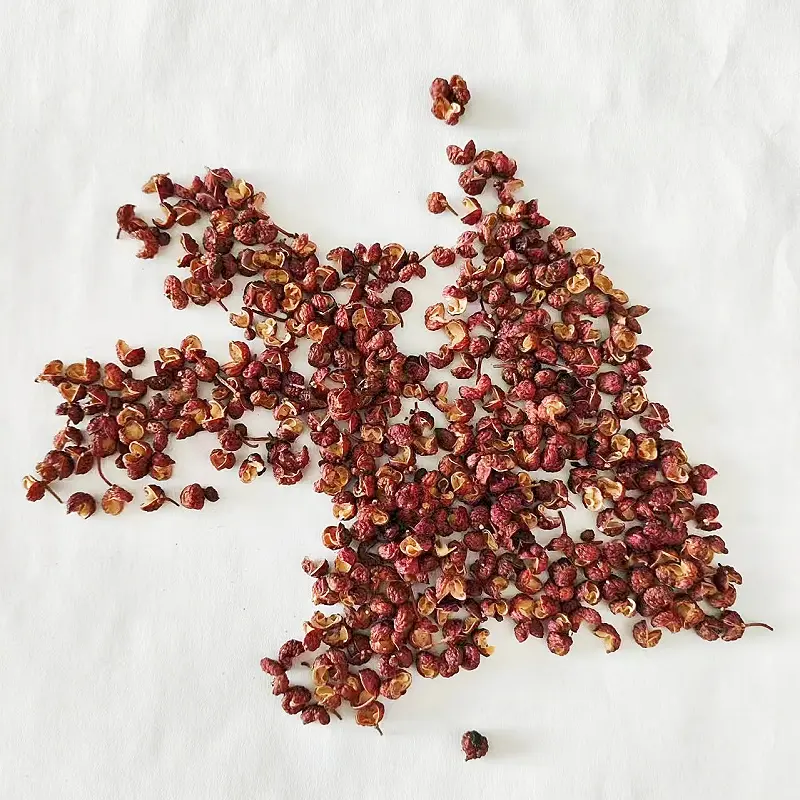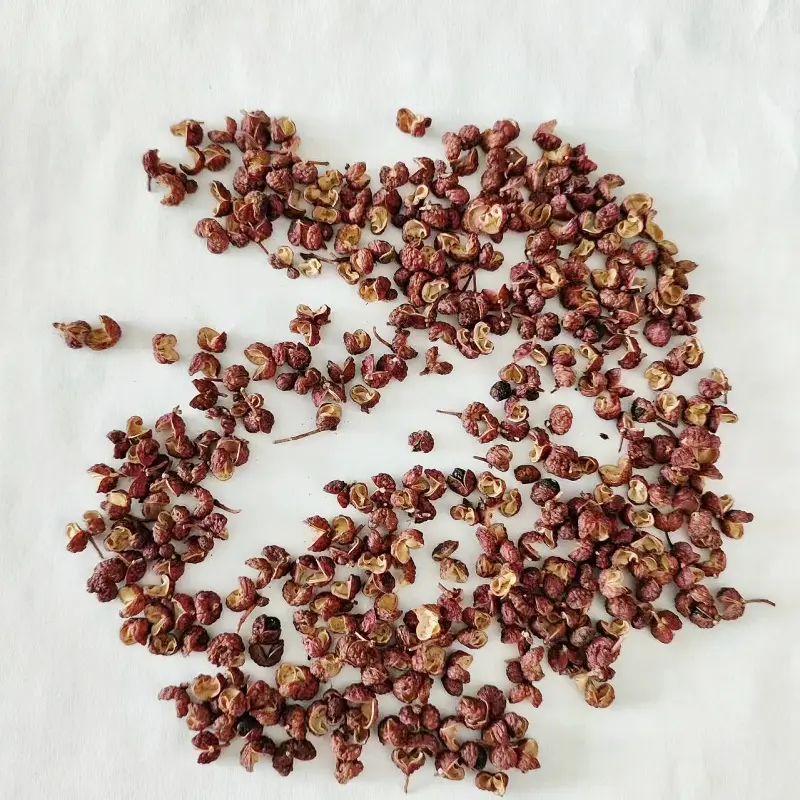When it comes to Chinese cuisine, few ingredients capture the imagination (and the taste buds) quite like Sichuan pepper. Known in Chinese as 花椒 (Huājiāo), this unique spice is neither related to black pepper nor chili, but it delivers a signature numbing and tingling sensation that defines Sichuan cooking. In this comprehensive guide, we will explore what Sichuan pepper is, how it grows, how it is harvested, dried, and stored, as well as its culinary uses, health benefits, pricing, and purchasing tips. Whether you are a chef, importer, or home cook, this article will give you everything you need to know.
1. What Is Sichuan Pepper?
Sichuan pepper (Zanthoxylum genus) is a spice derived from the dried husks of prickly ash trees, native to China’s Sichuan province. Despite its name, it is not a peppercorn but the outer husk of the fruit from the prickly ash shrub.
Flavor profile: Citrusy, slightly woody, with a numbing effect caused by the chemical hydroxy-α-sanshool.
Culinary role: Core ingredient in málà (麻辣) cuisine, often paired with chili peppers.
Varieties: Red Sichuan pepper (红花椒) and Green Sichuan pepper (青花椒), each offering a distinct flavor.
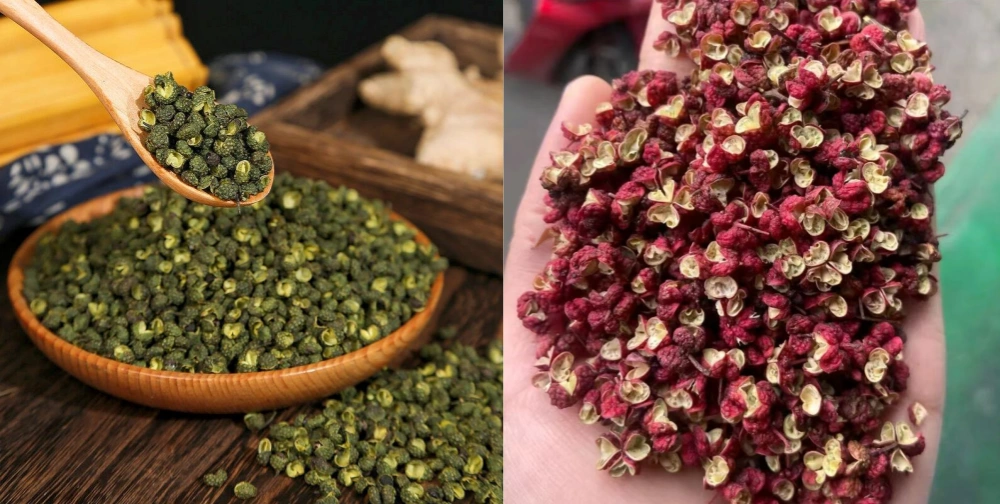
The pictures show green Sichuan peppercorns and Dahongpao Sichuan peppercorns, which have different smells and tastes. They are usually used together.
2. What Does the Sichuan Pepper Tree Look Like?
The Sichuan pepper tree is a hardy shrub or small tree that can grow 2–7 meters tall.
Leaves: Pinnate, bright green, with a citrus-like fragrance.
Branches: Covered in sharp thorns.
Fruits: Small red or green berries that burst open when ripe, revealing shiny black seeds inside (the seeds are discarded; only the husks are used).
The trees thrive in mountainous regions of Sichuan, Gansu, Shaanxi, and Yunnan, preferring altitudes between 500–2,000 meters.
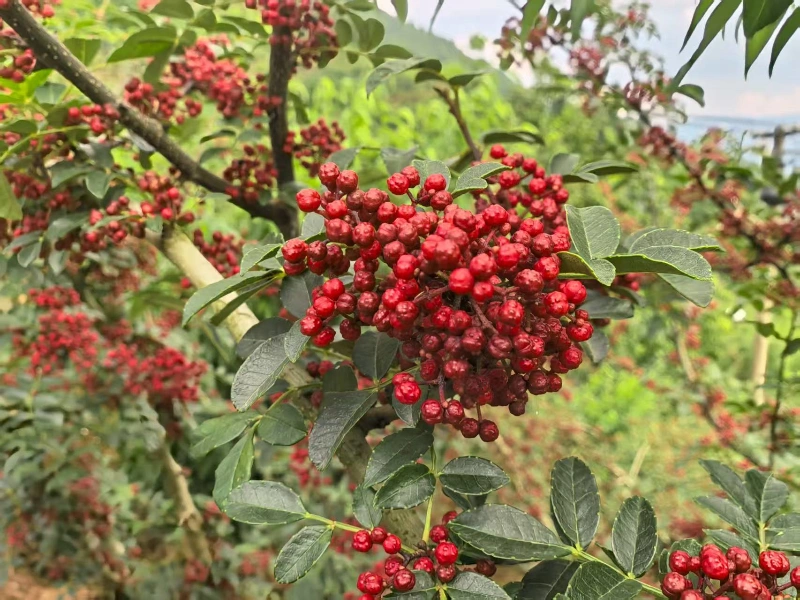
This is the Sichuan peppercorn red pepper tree.
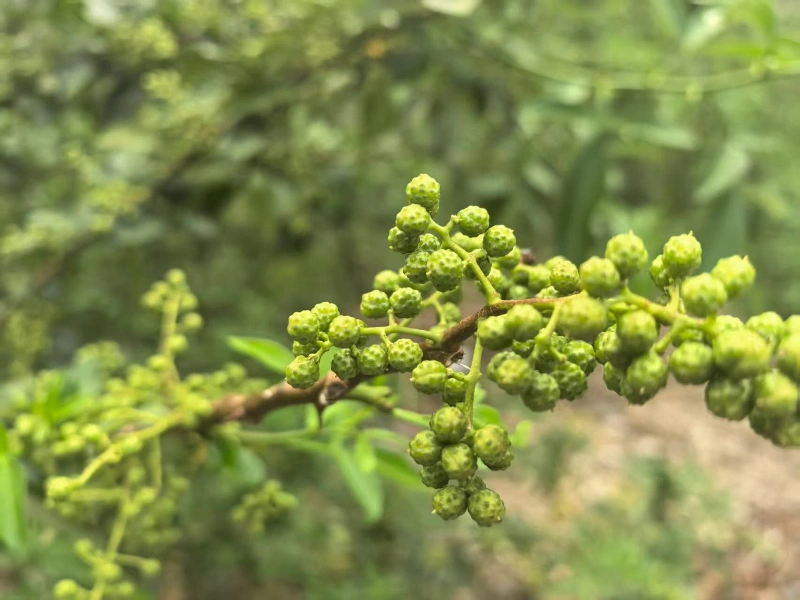
This is the Sichuan green pepper tree.
3. How Is Sichuan Pepper Harvested?
The harvesting process is labor-intensive and requires precision:
Timing:
Red Sichuan pepper is harvested between July and September.
Green Sichuan pepper is harvested slightly earlier, between June and August.
Method:
Farmers carefully clip clusters of ripe berries by hand, wearing protective gloves to avoid thorns.Post-harvest sorting:
Berries are separated from stems and leaves before drying.
If Sichuan peppercorns are picked too early, they won't mature, resulting in many unripe, unopened seeds covered in black skin.
If picked too late, they will overripe, causing the seeds to fall off and cause waste.
Harvesting Sichuan peppercorns is a difficult task, often resulting in prickly hands.
4. How Is Sichuan Pepper Dried?
Drying is crucial to preserve flavor and aroma.
Sun drying: Traditional method; peppercorns are spread on bamboo mats for 2–3 days.
Shade drying: Used in humid conditions to prevent mold.
Machine drying: Modern method ensuring consistent quality and food safety standards.
Proper drying results in husks that are crisp, aromatic, and free of moisture, extending shelf life.
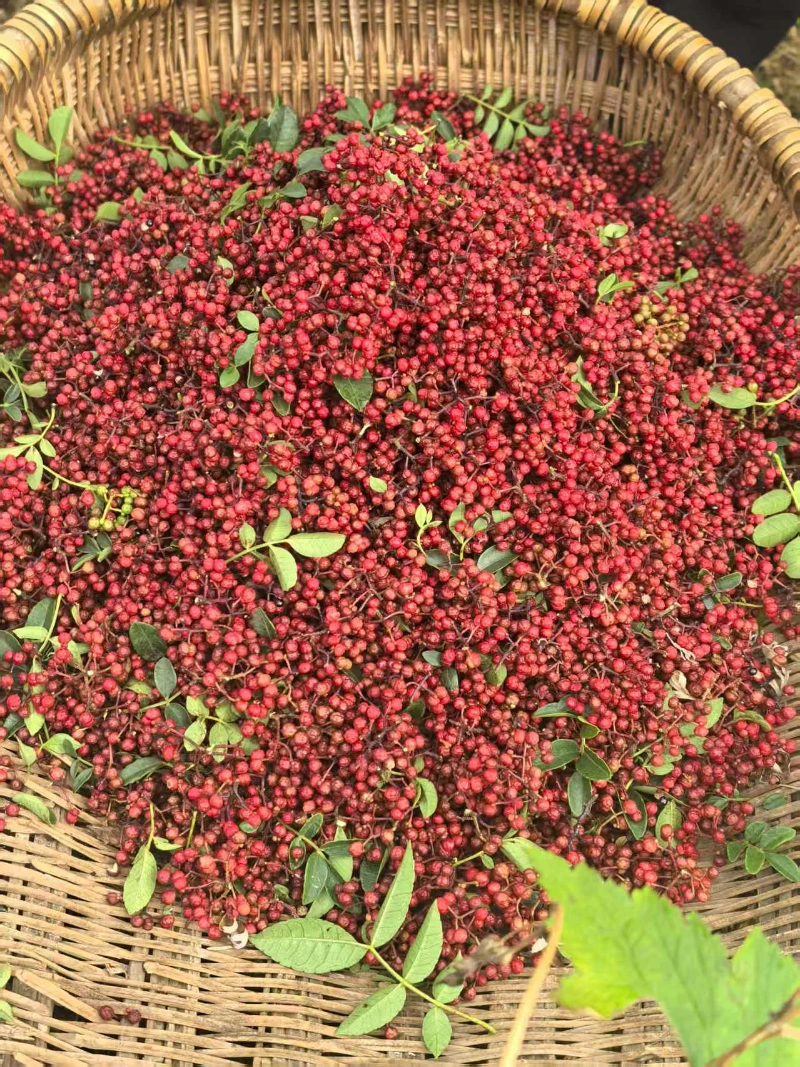
After the Sichuan peppercorns are harvested, they are dried naturally to preserve their quality and nutrients. The black seeds are released during the drying process, resulting in Sichuan peppercorn peels with higher edible value.
5. How to Store Sichuan Pepper?
Storage determines freshness and potency.
Packaging: Keep in airtight containers, ideally vacuum-sealed.
Environment: Store in a cool, dry, and dark place, away from sunlight.
Shelf life: Whole peppercorns last up to 12–18 months, while ground Sichuan pepper loses aroma within 3–4 months.
Tip: Buy whole husks and grind them fresh before cooking for the best results.
If you want to store it for longer, it is best to refrigerate it, build a cold storage, and use large sealed cans to store it. This way it can be stored for more than 3 years and most of the nutrients in Sichuan pepper can be retained.
6. How to Ensure Sichuan Pepper Meets Food Safety Standards?
Food safety is critical for international buyers. Sichuan pepper must meet minimum pesticide residue standards (MRLs).
Good Agricultural Practices (GAP): Farmers use controlled spraying schedules to reduce pesticide use.
Testing: Export-grade Sichuan pepper undergoes lab testing for residues, heavy metals, and microbial contamination.
Certifications: Look for suppliers with HACCP, ISO22000, or Organic certification.
Controlling pesticide residue levels in Sichuan peppercorns solely through processing and manufacturing is extremely difficult. Ensuring that Sichuan peppercorns contain no or very low levels of pesticide residues, in compliance with EU and FDA standards, requires careful attention starting at the source, where the peppercorn trees are grown.
First, the peppercorn trees must be planted away from human habitation. Pesticides are often sprayed to prevent mosquitoes and control pests in nearby trees, and wind and air can carry these pesticides and contaminate the peppercorns.
If pesticides are not used, pest control must be carried out manually, significantly increasing costs and resulting in a significantly higher price than regular Sichuan peppercorns.
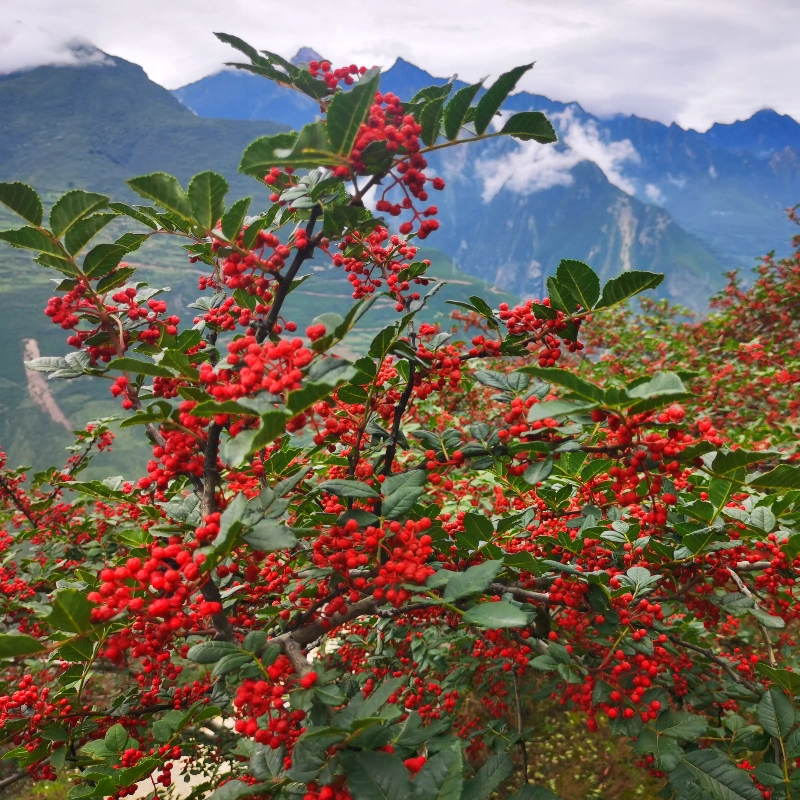
7. Culinary Uses of Sichuan Pepper
Sichuan pepper is incredibly versatile:
Chinese cuisine: Integral to hotpot, mapo tofu, kung pao chicken, mala crawfish, and spice blends like Five-Spice Powder.
Fusion cuisine: Used in cocktails, chocolate, ice cream, and even gin.
Medicinal uses: Traditional Chinese Medicine (TCM) values it for aiding digestion and circulation.
The smell of Sichuan peppercorns is very special, and it has a numbing taste. This numbing taste makes the taste cells vibrate, and it feels wonderful after you get used to it. Of course, it is not addictive like drugs, but a wonderful experience that the taste of food brings to humans.
8. How to Use Sichuan Pepper?
Sichuan pepper, also called Chinese prickly ash (花椒), is a unique spice widely used in Sichuan cuisine. Unlike chili peppers, it is not extremely hot, but it brings a numbing and tingling sensation known as “má” (麻), which enhances flavors when combined with chili heat (“là” 辣).
When using Sichuan pepper, it’s important to handle it correctly. The outer husks are the flavorful part, while the black seeds inside are usually discarded because they are hard and bitter. Before cooking, lightly toast the husks in a dry pan until fragrant, then grind them into powder or use them whole. This helps release their citrus-like aroma and numbing oil.
In daily cooking, Sichuan pepper is used in dishes like mapo tofu, kung pao chicken, hotpot, and chili oil. It can also be infused in oil or salt to create pepper oil (花椒油) or pepper salt (花椒盐), which are versatile condiments. A small amount is enough—overuse may cause excessive numbness.
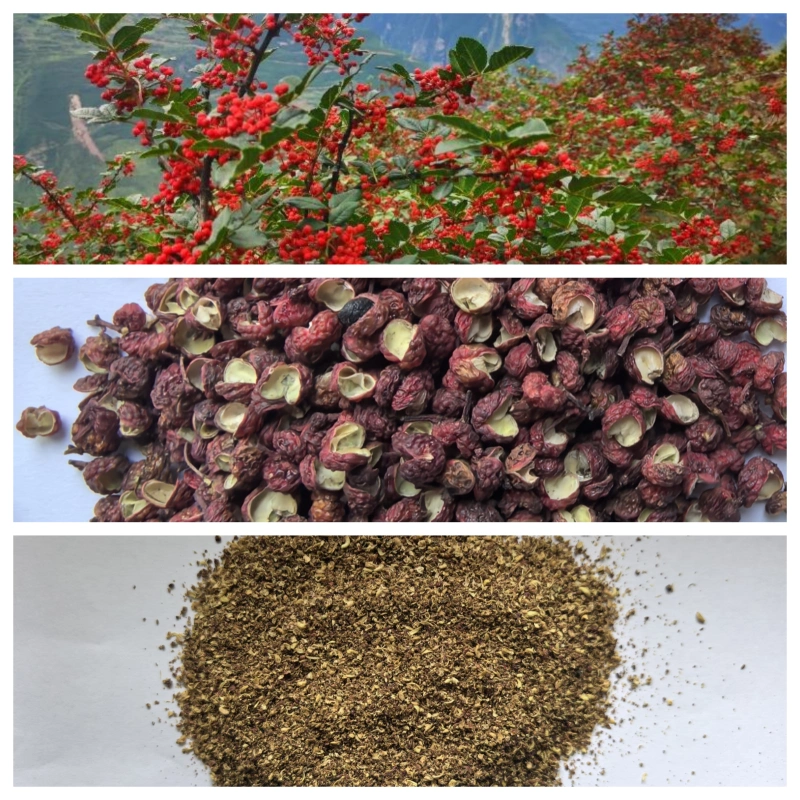
In simple terms:
Toasting: Lightly toast husks in a dry pan to release essential oils.
Grinding: Use a spice grinder for a fine powder, often sprinkled over dishes.
Oil infusion: Heat oil with Sichuan peppercorns to create málà oil for stir-fries and dips.
To preserve freshness, store Sichuan pepper in an airtight container away from light and heat. Properly stored, it can keep its fragrance for months. With the right balance, Sichuan pepper elevates dishes with its distinctive numbing-spicy flavor that defines authentic Sichuan cuisine.
9. Where to Buy Sichuan Pepper and What’s the Price?
Supermarkets: Available in Asian grocery stores worldwide.
Online platforms: Amazon, Alibaba, and specialty spice shops.
Direct sourcing: Buying from Chinese suppliers ensures better pricing and traceability.
Price range (2025 estimates):
Retail: $20–40/kg depending on grade and packaging.
Wholesale from China: $8–15/kg for export-quality bulk orders.
Manna Foods is one of the most professional Sichuan peppercorn suppliers in China. We can meet the standards of different countries and provide a stable supply of Sichuan peppercorns. If you can meet the demand for 50kg, we can supply it.
10. Top 10 Pitfalls to Avoid When Purchasing Sichuan Pepper
Buying seeds instead of husks – Seeds are bitter and not used.
Confusing green and red varieties – Each has a unique flavor profile.
Low aroma – Indicates old or poorly stored stock.
Moldy or damp husks – Sign of improper drying.
Unsorted product – Too many stems or impurities reduce quality.
No lab test reports – Risk of pesticide residues.
Fake organic claims – Always request certifications.
Too cheap pricing – May indicate poor quality or adulteration.
Lack of proper packaging – Leads to aroma loss.
Unreliable suppliers – Risk of inconsistent supply and quality.
11. Why Import Sichuan Pepper from China?
Authenticity: True Sichuan pepper originates from China.
Scale: China produces over 80% of the global supply.
Customization: Chinese suppliers can provide tailored packaging, private labeling, and processing services.
Conclusion
Sichuan pepper is more than just a spice—it’s the heartbeat of Sichuan cuisine and an increasingly global culinary trend. Understanding its origins, harvesting, drying, storage, food safety, and proper usage can help chefs, importers, and food enthusiasts fully appreciate this extraordinary ingredient. For buyers, choosing the right supplier and avoiding common pitfalls ensures both quality and compliance.
Whether you are seasoning a hotpot in Chengdu or creating gourmet dishes abroad, Sichuan pepper brings the unique numbing-citrusy magic that no other spice can replicate.
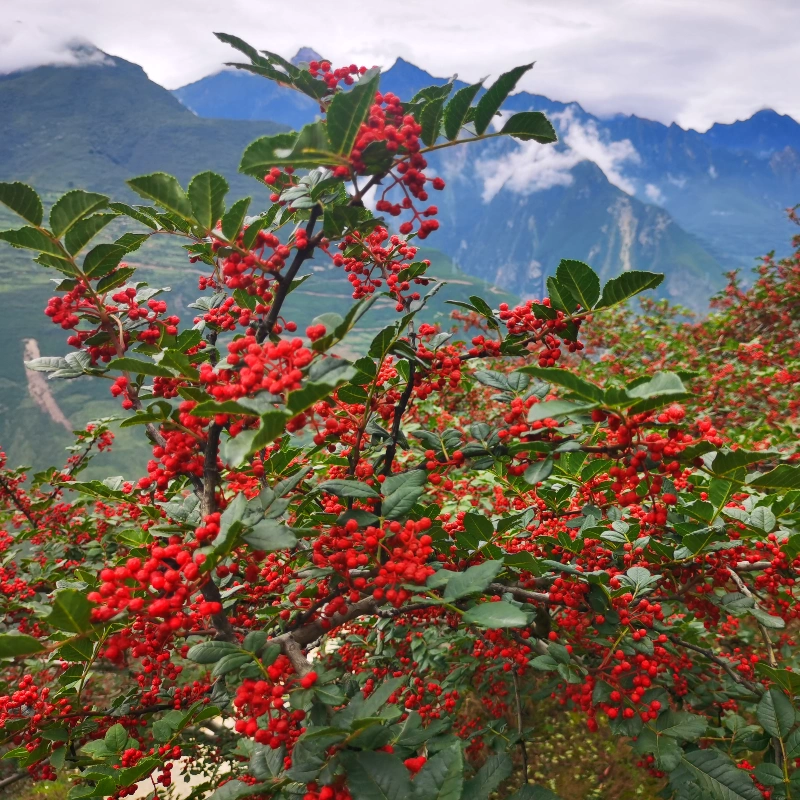
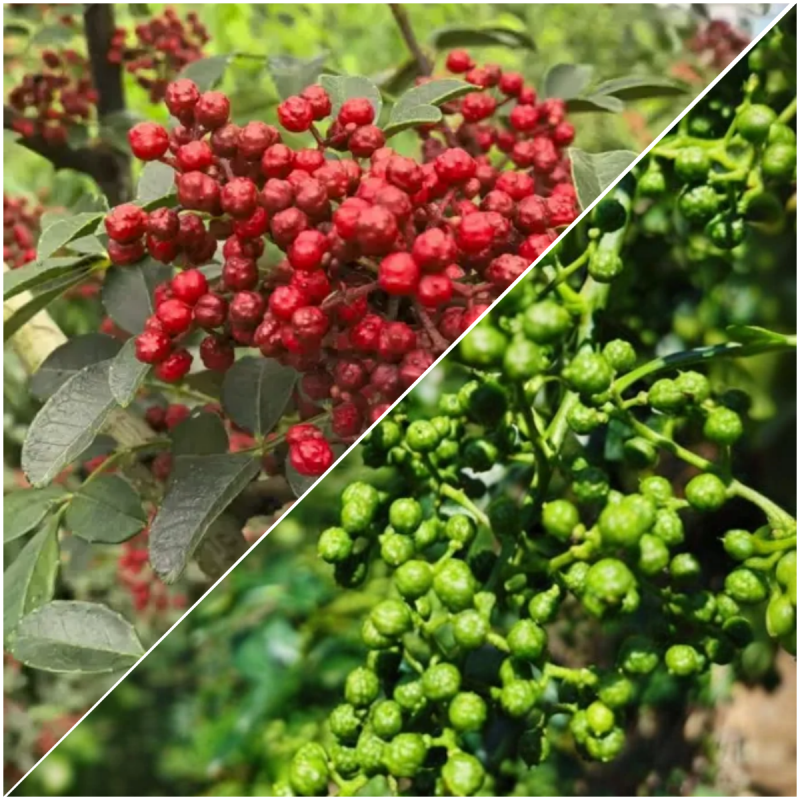
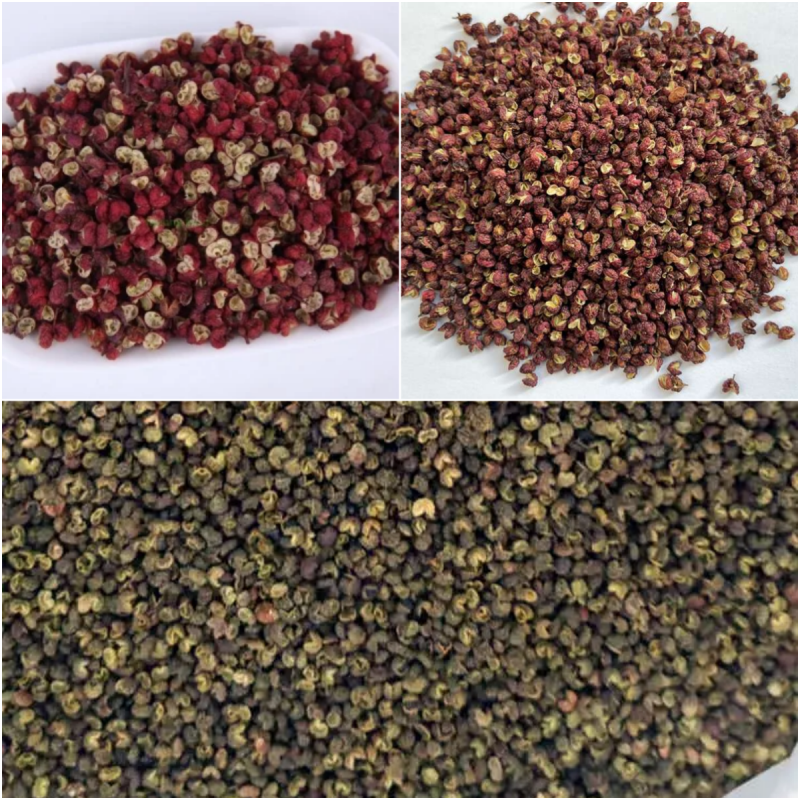
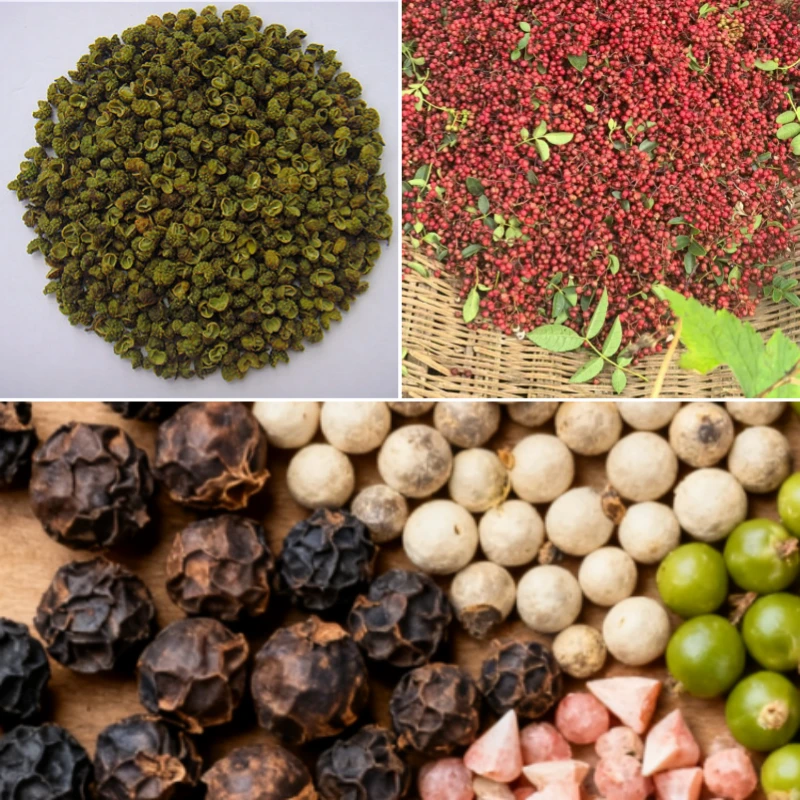
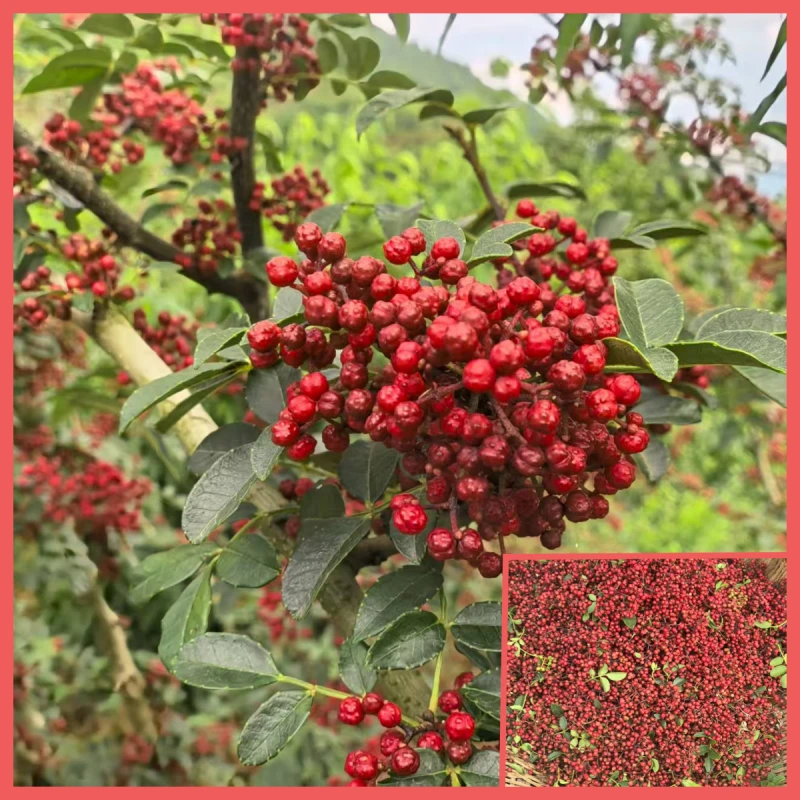
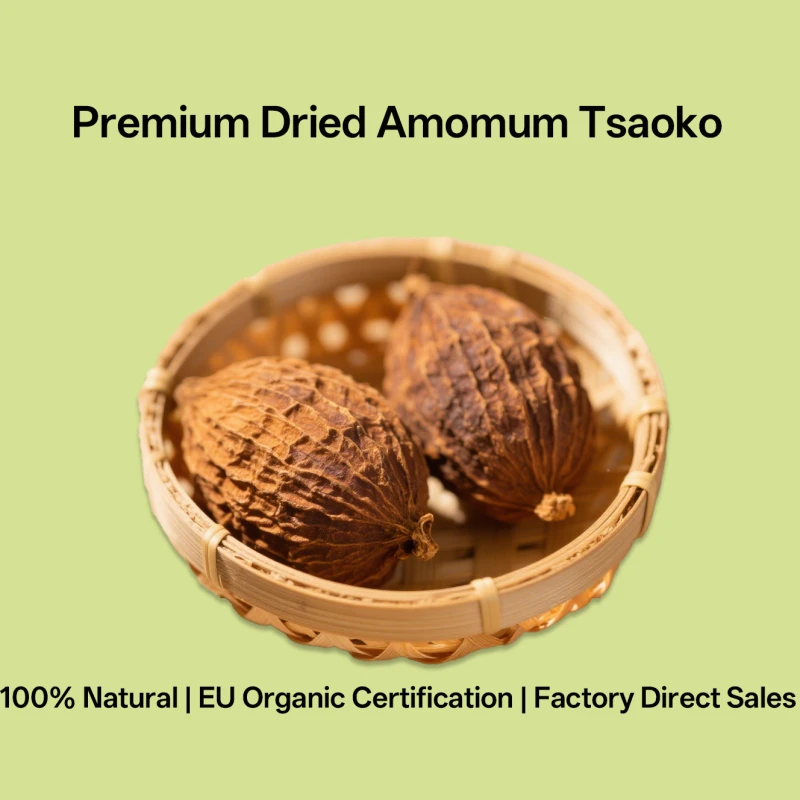
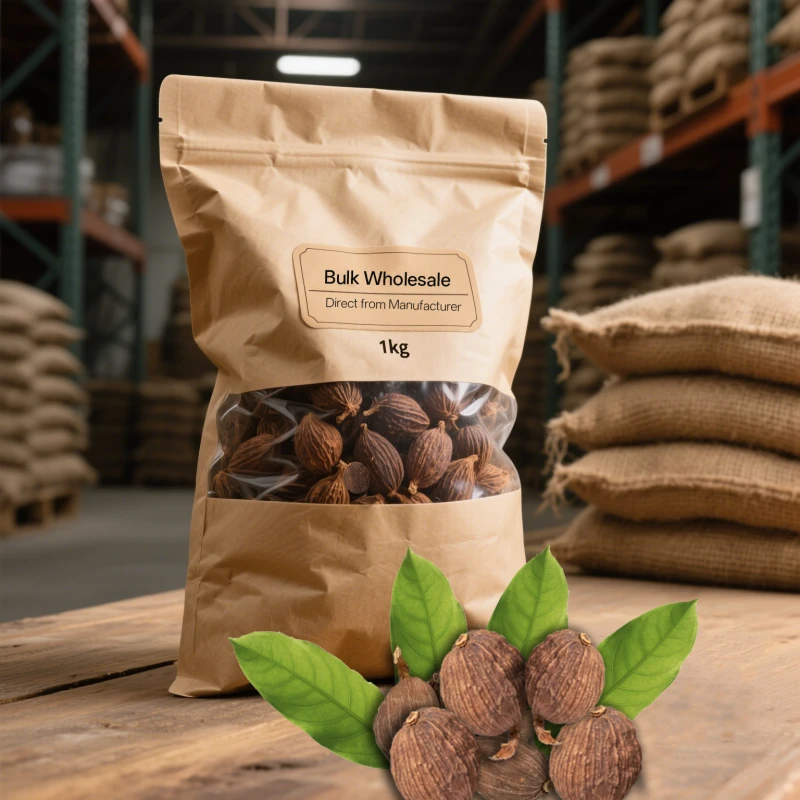
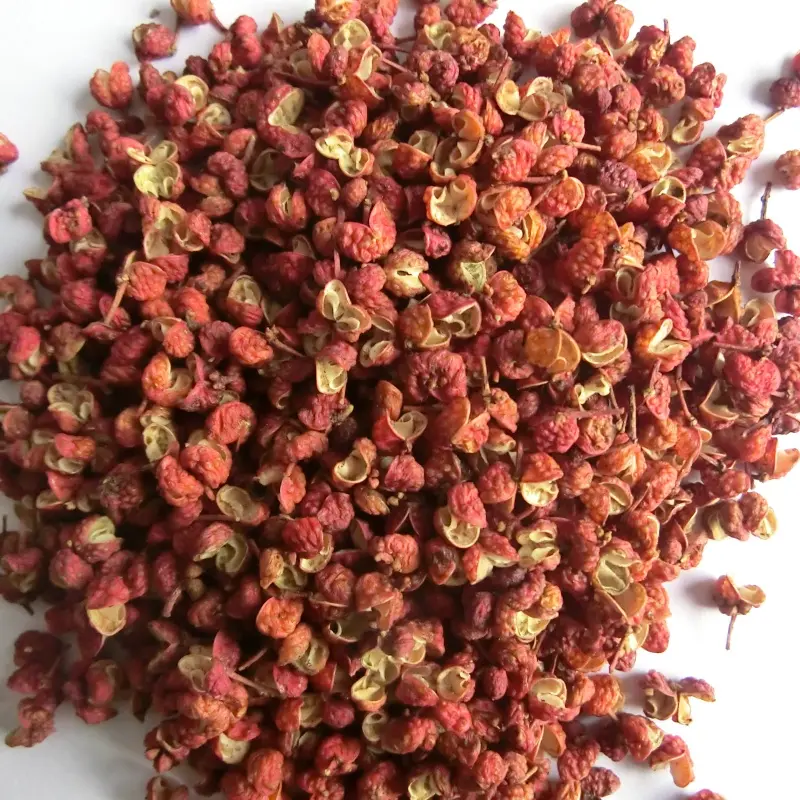
811.webp)
